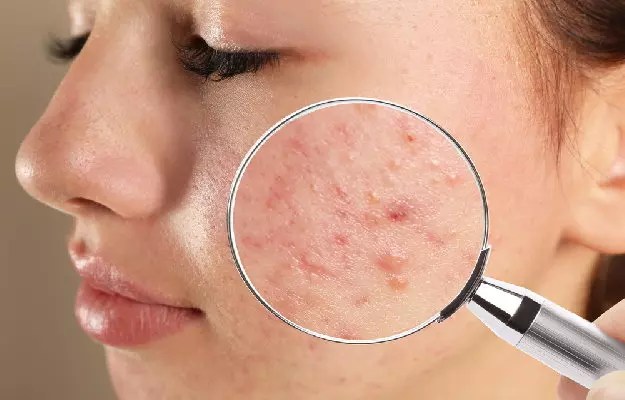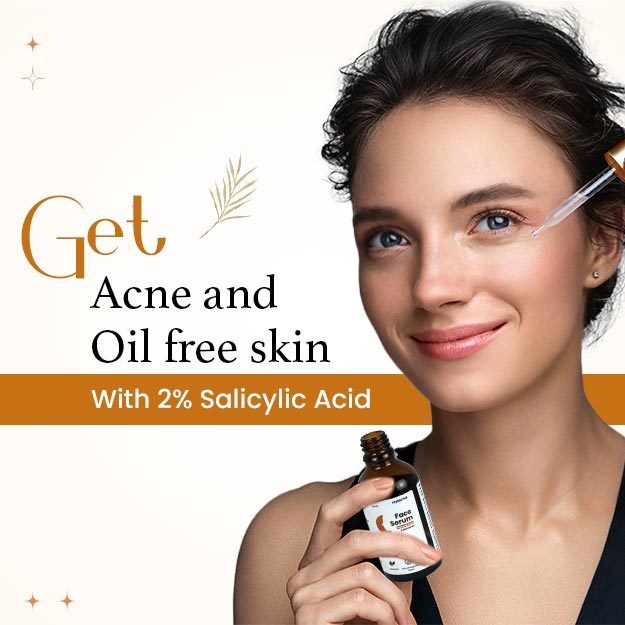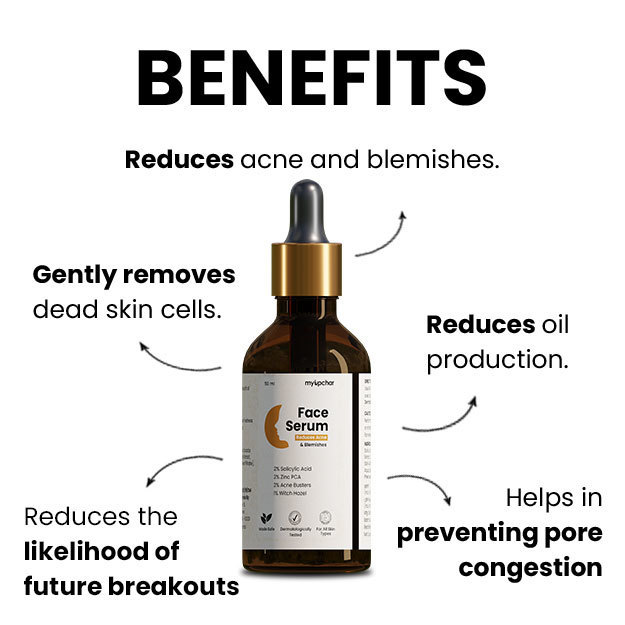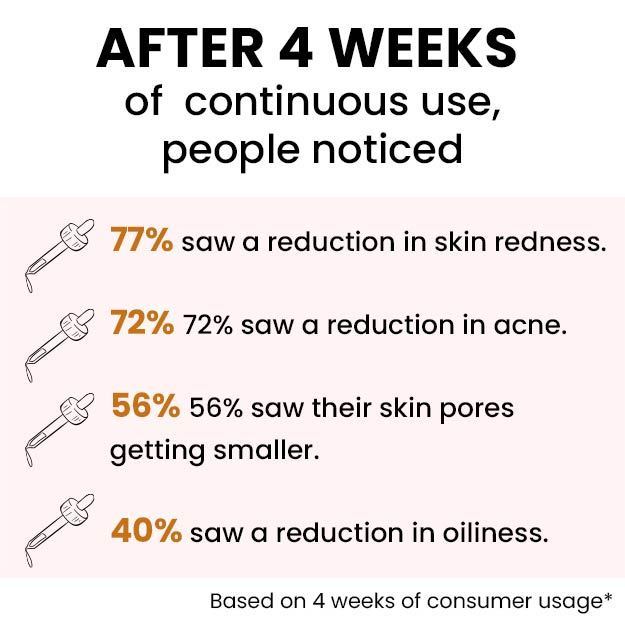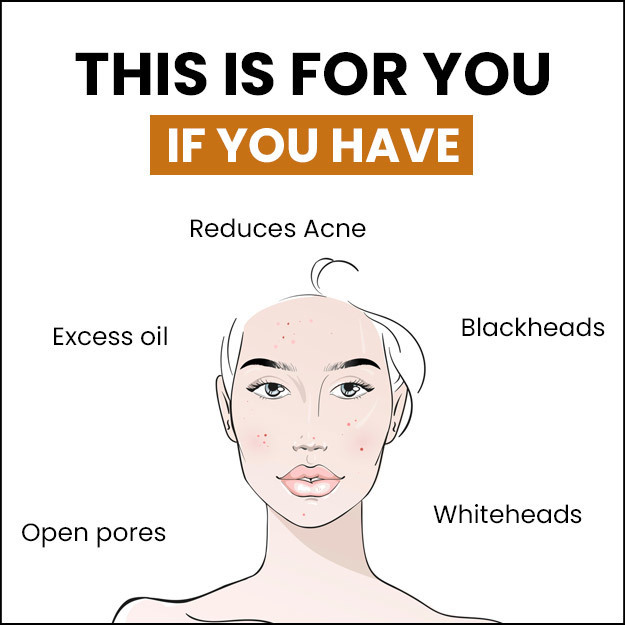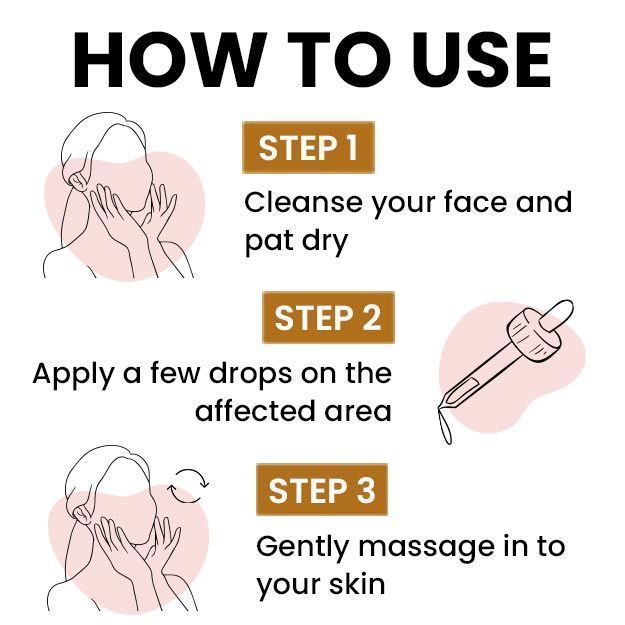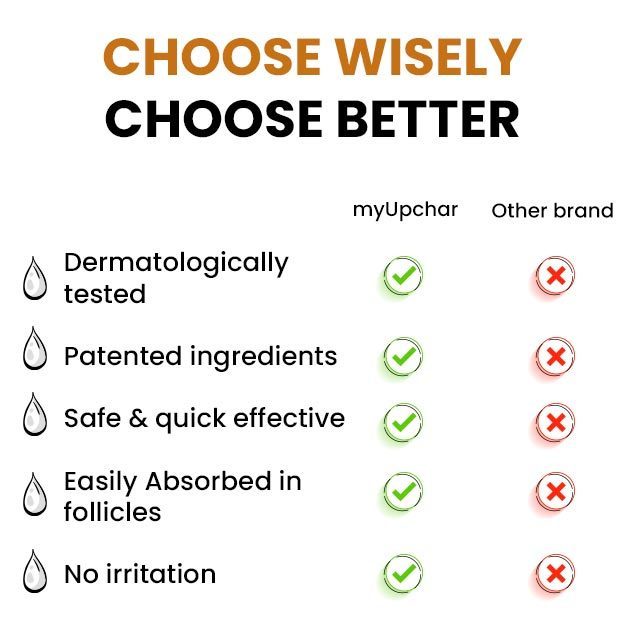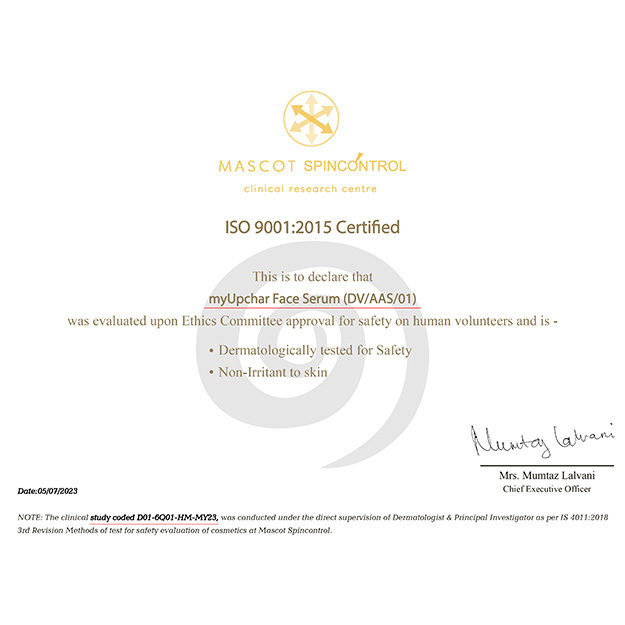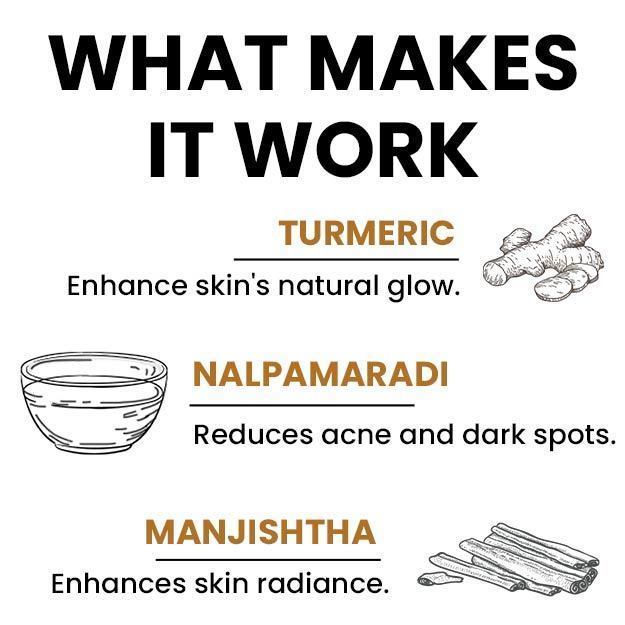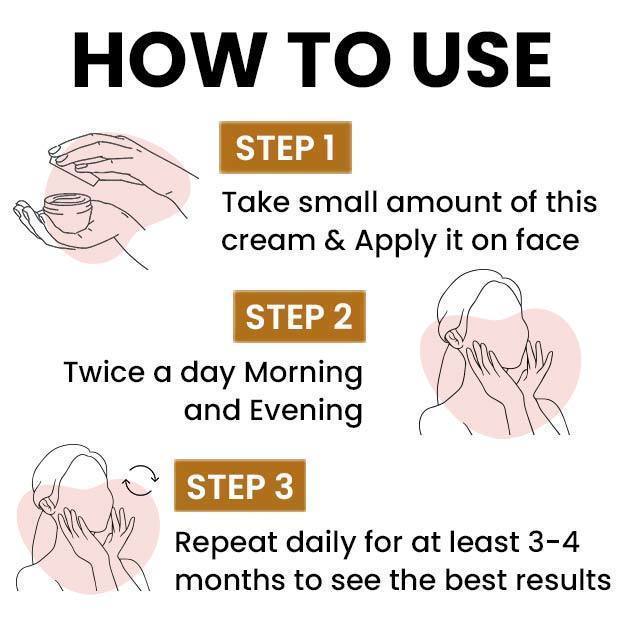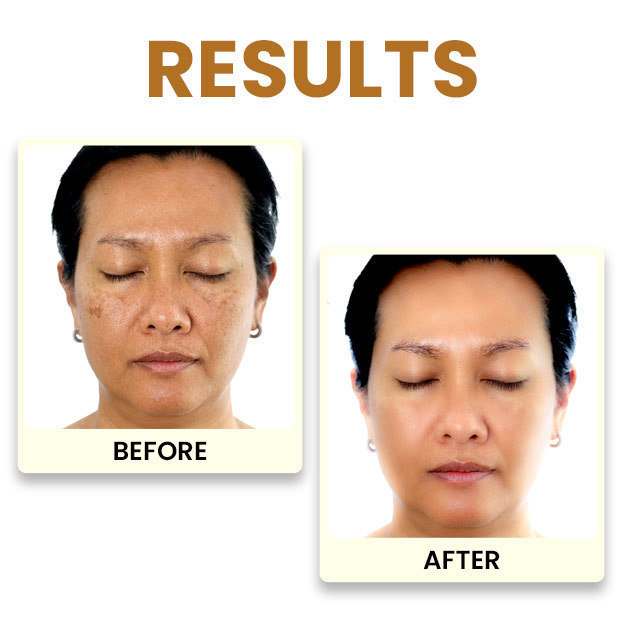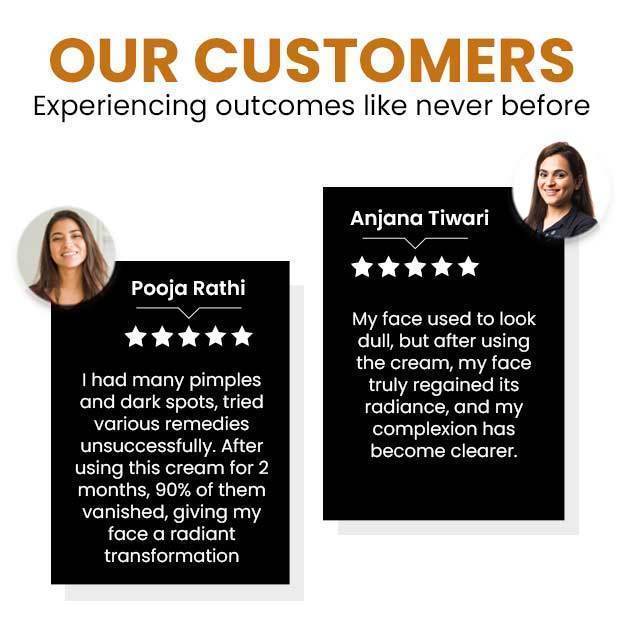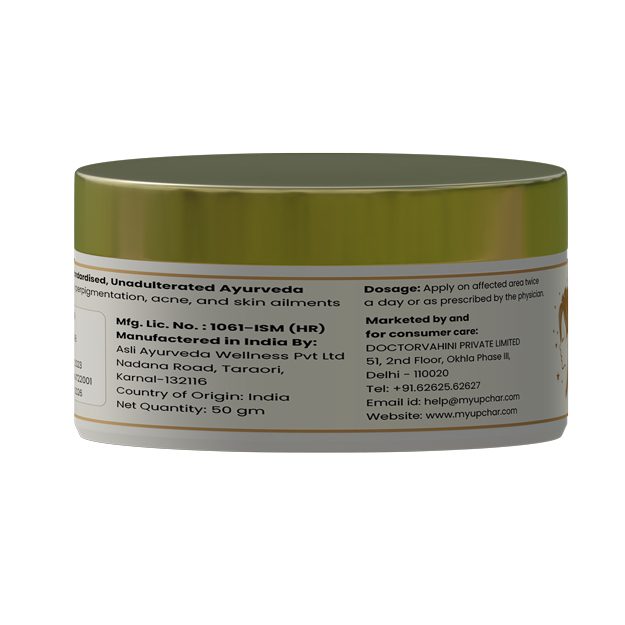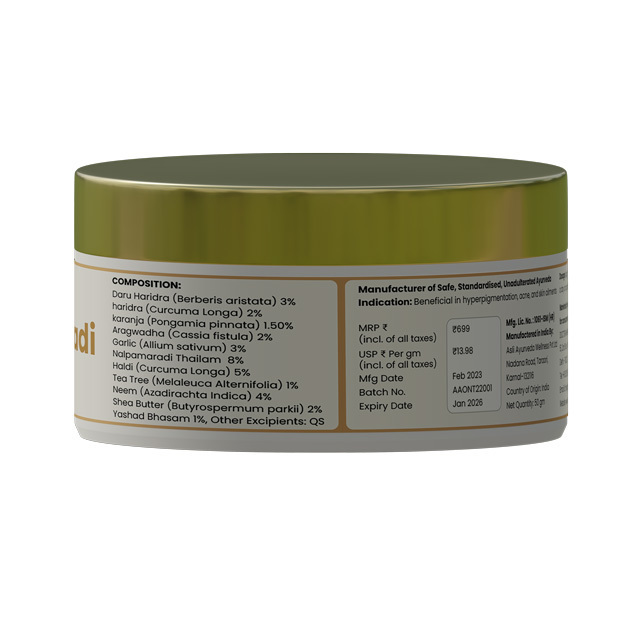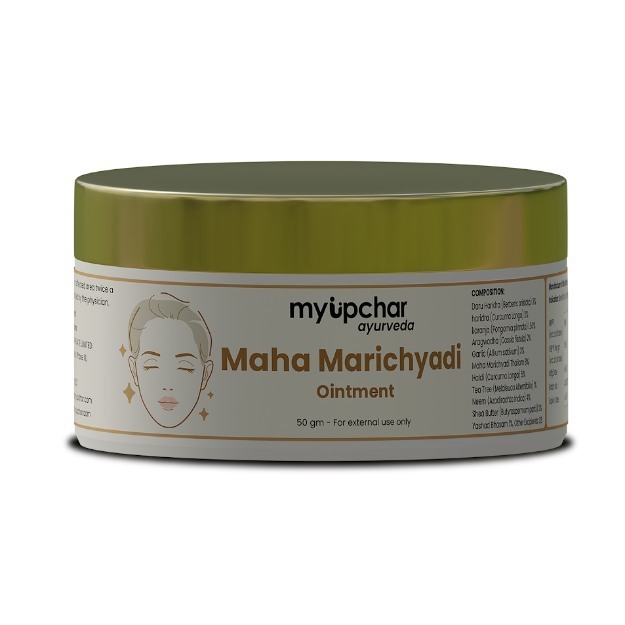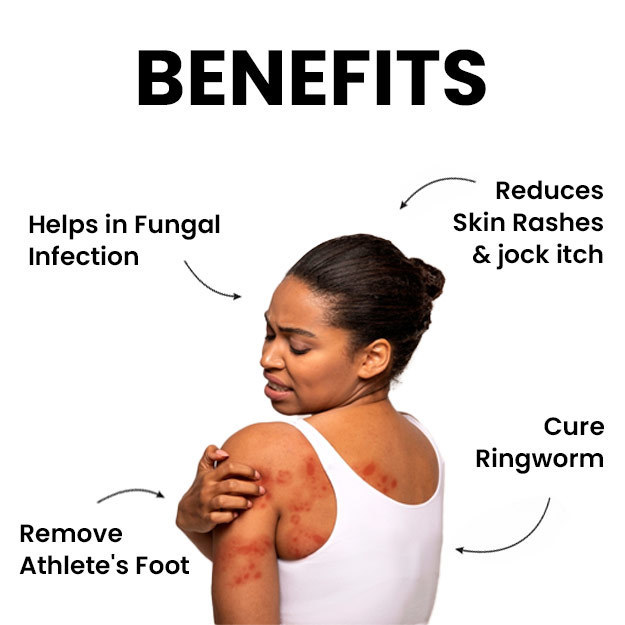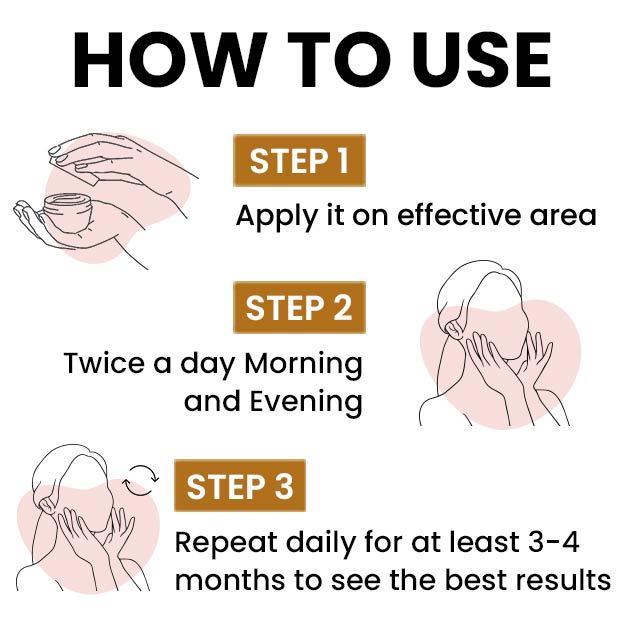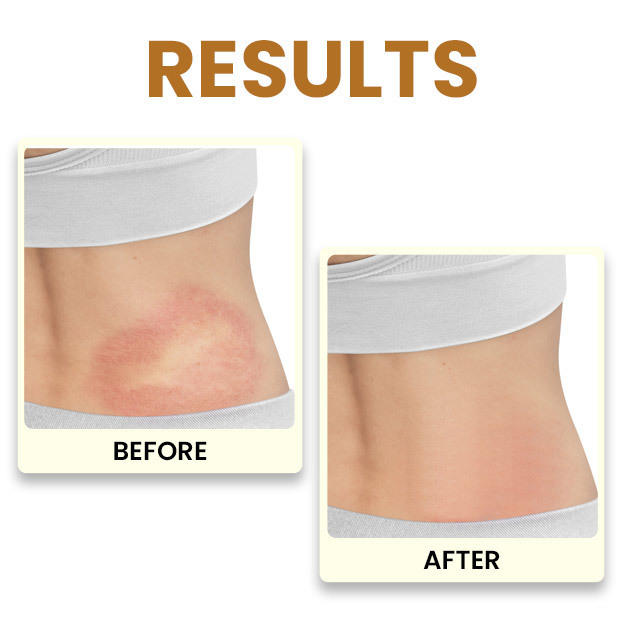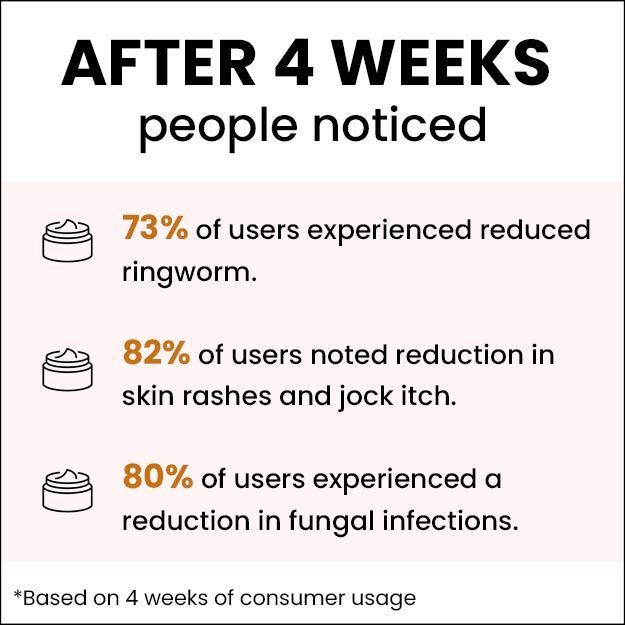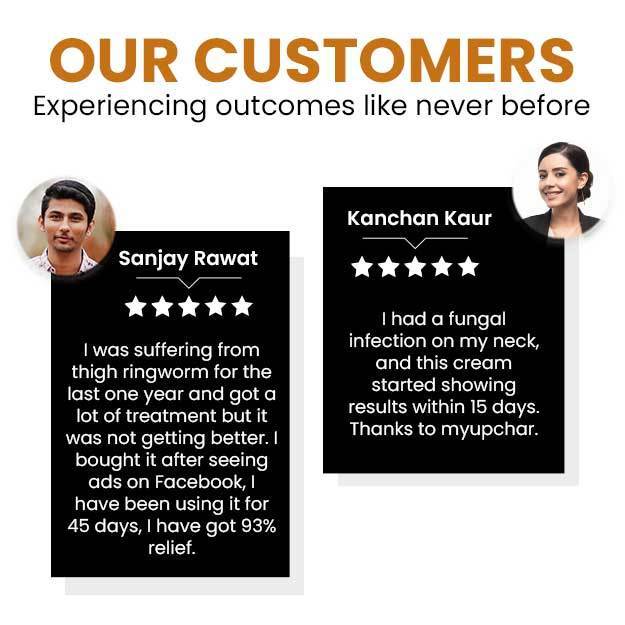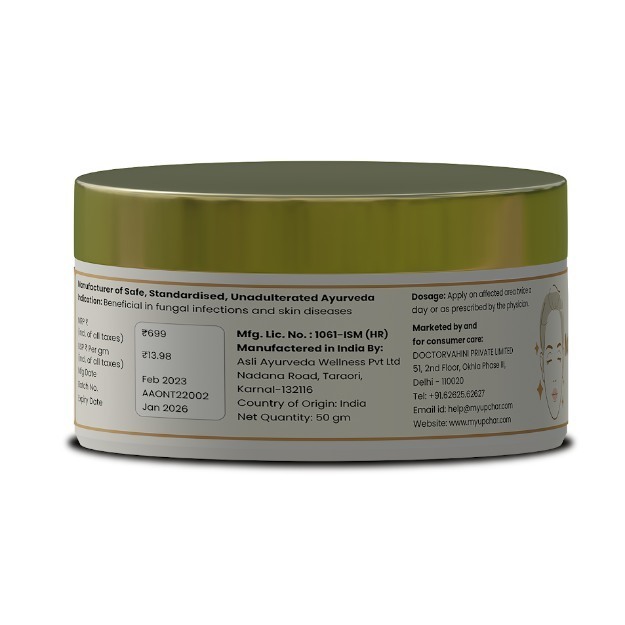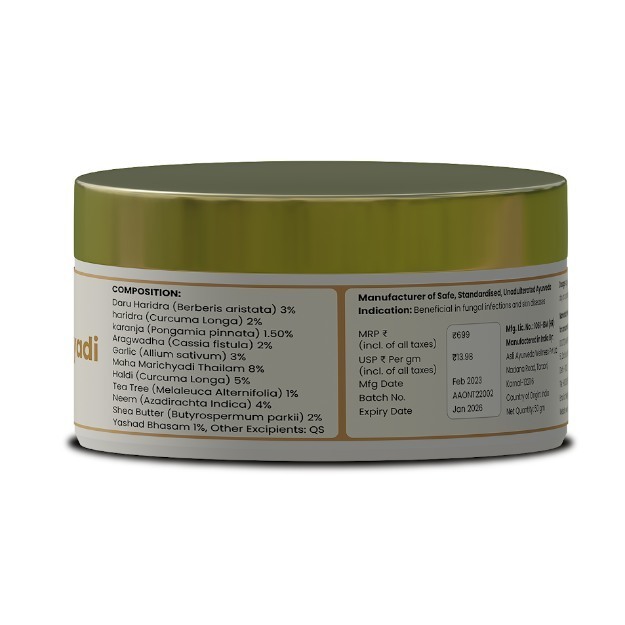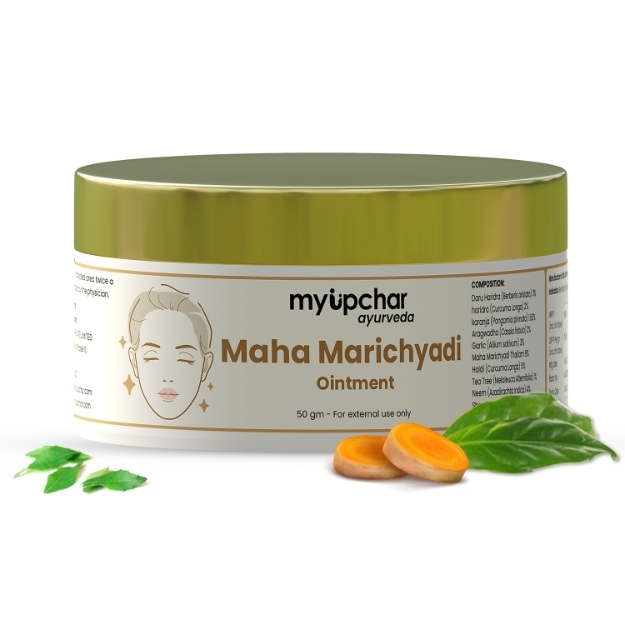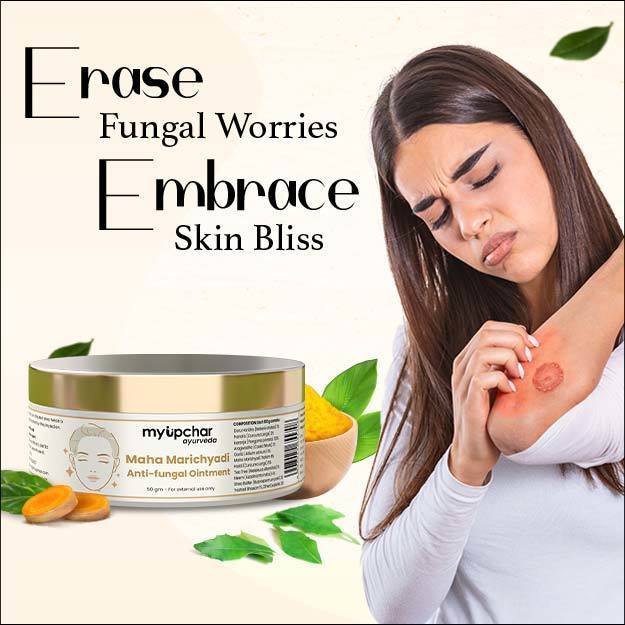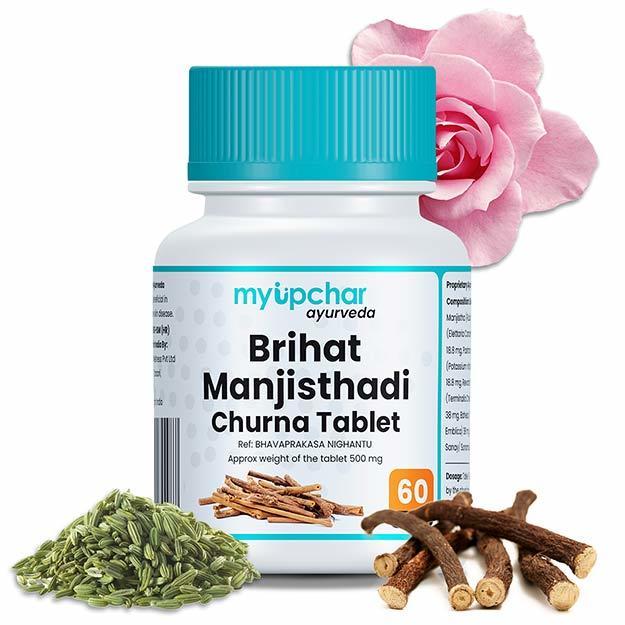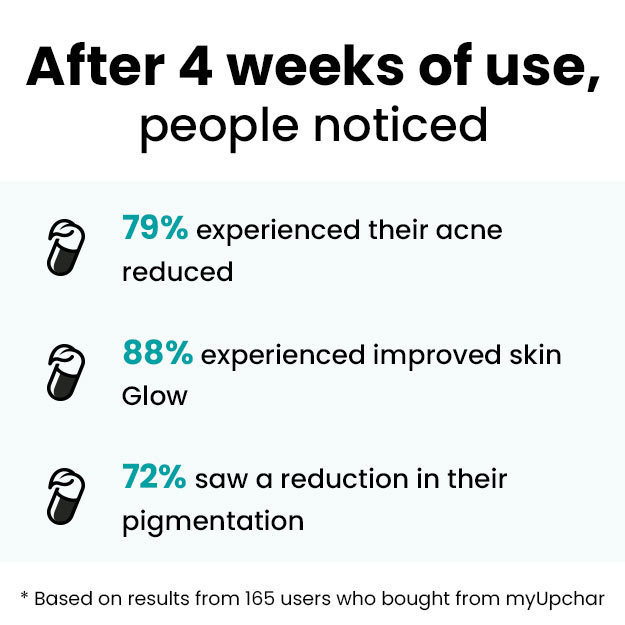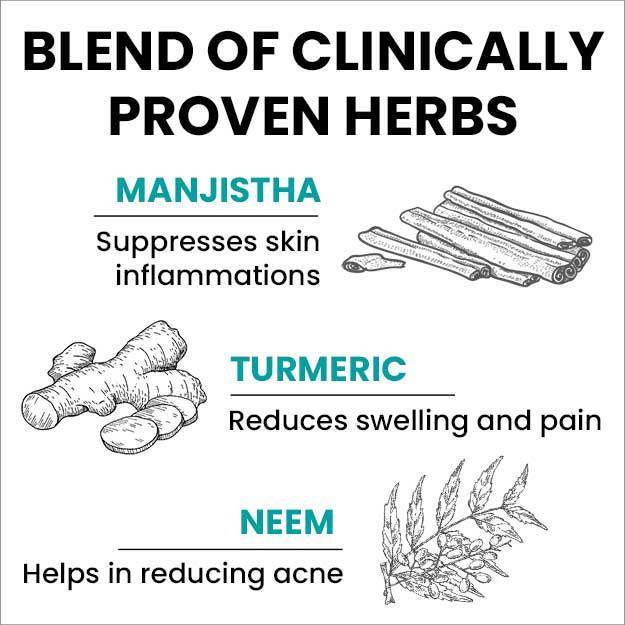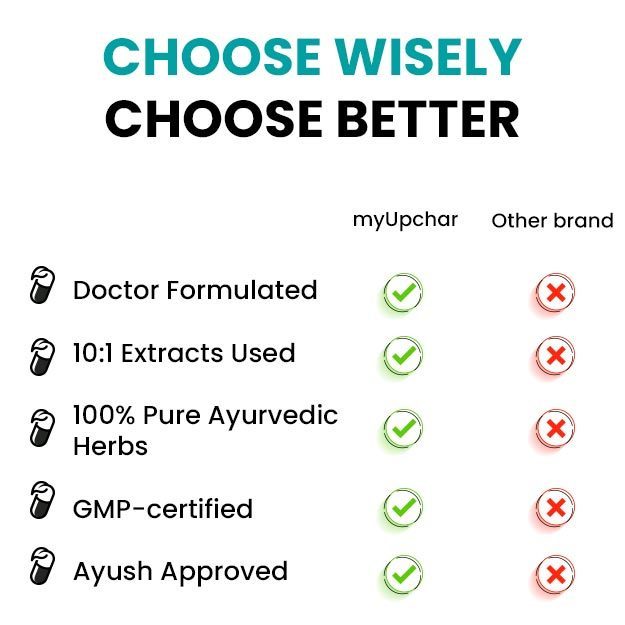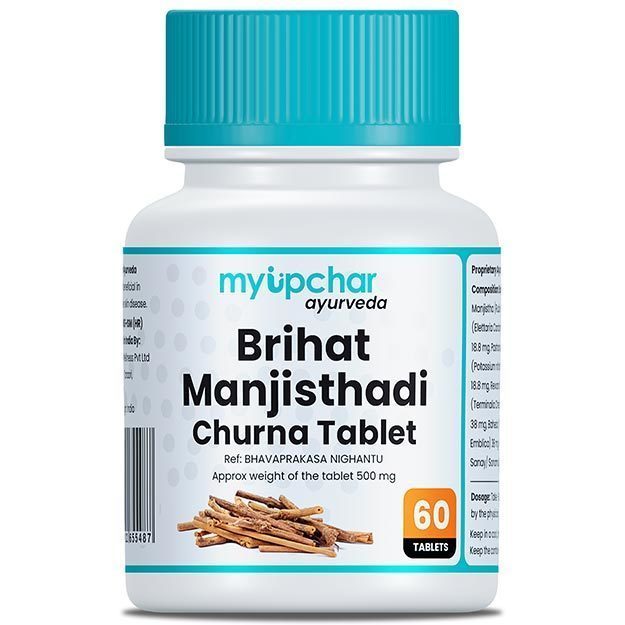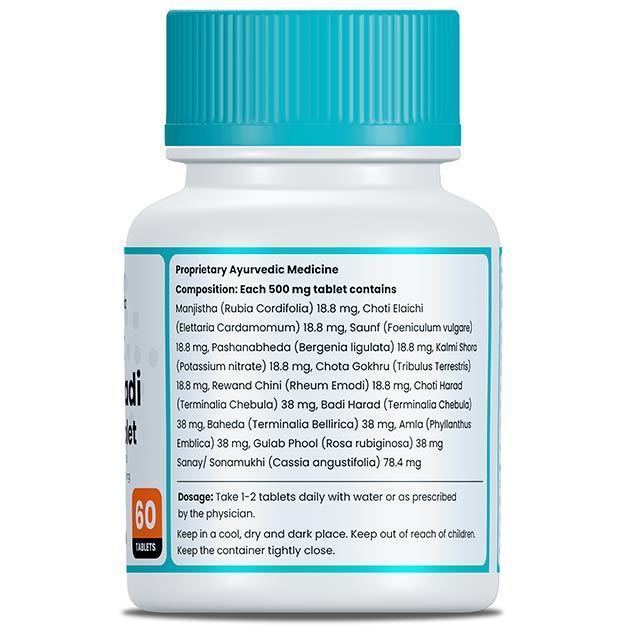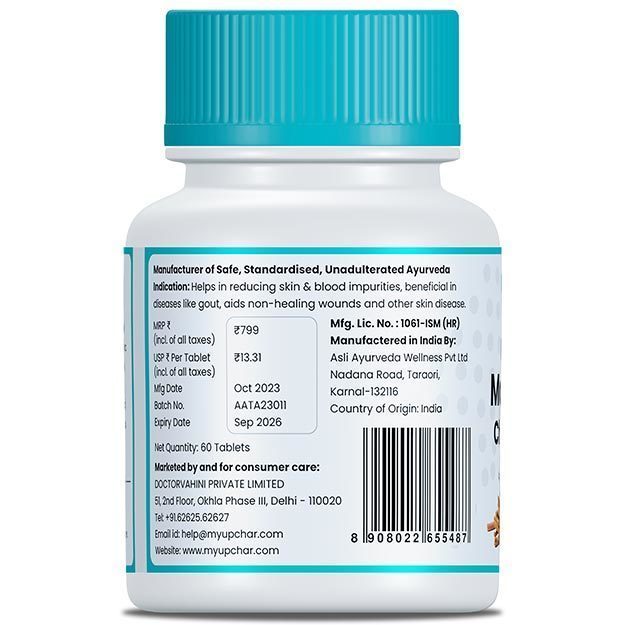To prevent acne, it is beneficial to know your skin type and the types of acne you suffer from. It helps to create a lifestyle and skin care routine that works for your skin.
If you have acne on your skin, it will not be cured by applying blemish removing products, for this you need special information and products so that you can eradicate the problem from its roots. Skin care can be improved by making changes in lifestyle.
Read more - (Can biotin help with acne?)
- What is Blemished Skin and Acne?
- Difference Between Acne and Rosacea
- Acne and Skin Type
- Know Your Skin
- What To Do To Prevent Breakouts?
- When to See a Dermatologist About Acne
- Treatment for Acne
- Summary
What is Blemished Skin and Acne?
Pimples are divided into two categories: simple pimples without inflammation and painful pimples with inflammation.
- Simple Acne Without Inflammation
Noninflammatory acne causes clogged pores that appear as blackheads or whiteheads.
This is the lightest type and is easy to identify. Blackheads are dark in color and appear somewhat flat on the skin. Whiteheads are like small pimples on the skin.
- Swollen Pain acne
Red and large pimples appear and they also become swollen. These can range from papules and pustules to more serious nodules and cysts. Papules are small red bumps, while pustules are smaller bumps but contain pus. Papules often turn into pimples. These are deeper, more painful acne.
Read more - (Forehead pimple causes, and treatment)
To remove pimples and itching from the skin, definitely use nimbadi churna by myUpchar.
Difference Between Acne and Rosacea
Sometimes acne is confused with rosacea. Rosacea is a skin condition in which pimples are often red and can appear in the following places:
- Cheek
-
nose
-
Forehead
-
chin
There is a lot of difference between rosacea and acne. Acne vulgaris is a common type of acne that consists of inflammatory and non-inflammatory lesions. This may include pimples, blackheads, cysts, and other types of acne. It's possible to have both acne vulgaris and acne rosacea at the same time.
Symptoms of Rosacea include:
- redness
-
visible blood vessels
-
acne-like rash and red skin
-
sensitive skin
-
raised skin spots
Acne vulgaris involves clogged pores and is characterized by:
- pus filled bumps
-
blackheads
-
whiteheads
-
oily skin
-
Cysts and Nodules
Apart from differences in symptoms, acne is caused by clogged pores but the causes of rosacea are not clear. But still possible causes of rosacea include:
- hereditary factors
-
overreaction of the immune system
-
H. pylori bacteria that causes intestinal infections
-
The mite known as demodex
Acne is caused by a combination of hormones, oil, and bacteria. When oil, dead skin cells and bacteria clog the pores, sebum is unable to drain out of the pores. This causes acne.
Oil glands release sebum, which keeps your skin smooth and soft. Causes of acne may include:
- excessive oil production in pores
-
accumulation of dead skin cells in pores
-
Bacteria buildup in pores
Overproduction of oil is usually caused by hormonal changes, such as:
- Adolescence
-
menstrual cycle
-
pregnancy
Acne can occur at any age. Whatever the initial cause, acne occurs when pores become clogged and inflamed.
Read More - (Anti acne diet: Foods to eat and diet plan)
Acne and Skin Type
It is common to associate oily skin with acne. Because we all know that acne is caused by excessive oil. But dry skin can also cause acne. Apart from this, environmental factors or poor skin care routine also cause acne.
Know Your Skin
First, wash your face with mild baby soap. Pat it dry gently. Do not apply any skin products.
After a few hours, check your skin. If it's shiny, your skin is oily. If it appears flaky, rough, or red, your skin is dry. In combination skin the cheeks will appear dry and the forehead, nose and chin will appear shiny. Normal skin will have a healthy glow and will not cause any problems. Keep in mind that it's possible to have acne without having dry or oily skin.
Read more - (Do Biotin Cause or Treat Acne)
What To Do To Prevent Breakouts?
Preventing acne isn't just about using products, it also involves careful cleansing and some simple lifestyle changes like -
- Wash your face twice a day and after sweating
-
clean the skin with gentle hands
-
If you have pimples, don't pop them with your hands.
-
Wash items that come in contact with skin regularly
-
Use non-comedogenic products
-
drink a lot of water
-
regularly wash anything that comes in contact with the skin
-
Bedding, makeup brushes, and even phone screens can accumulate dirt that can clog your pores.
-
Clean makeup tools every day
-
Avoid products with alcohol
-
The oil present in the hair can also transfer to the skin. Try to keep your hair away from your face as much as possible, especially at night.
Read more - (How to remove pimples)
When to See a Dermatologist About Acne
Mild acne can usually be treated with the help of over-the-counter products. If it doesn't improve, you may consider making an appointment with a dermatologist. At your first visit the doctor will ask you about your medical history and current skin care. The dermatologist will examine your skin to determine if you have acne, and if so, what type it is, and will then provide you with medication and other advice as per your skin's needs.
Keep visiting your doctor for regular follow-ups so that your doctor knows how your skin is improving.
Treatment for Acne
Dermatologists use several treatments to deal with acne.
- Medicines- Following medicines can be taken to cure acne like -
- Antibiotics
-
Retinoids—such as tretinoin, and antibiotics, including benzoyl peroxide and tetracycline—are ideal for cysts and nodules.
-
Oral spironolactone for hormone-related acne
Read more - (How to remove pimple marks or acne scars)

